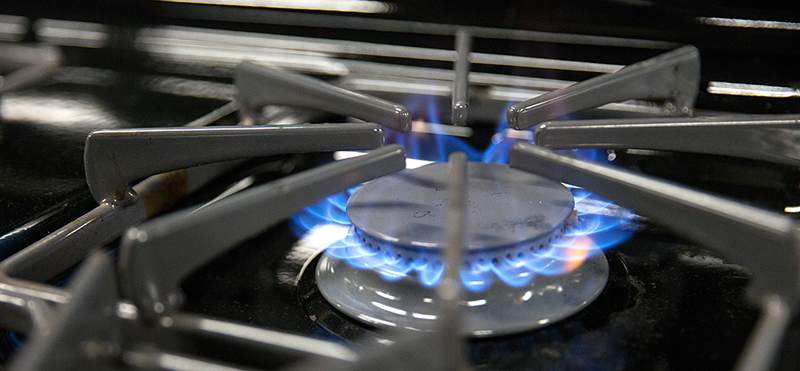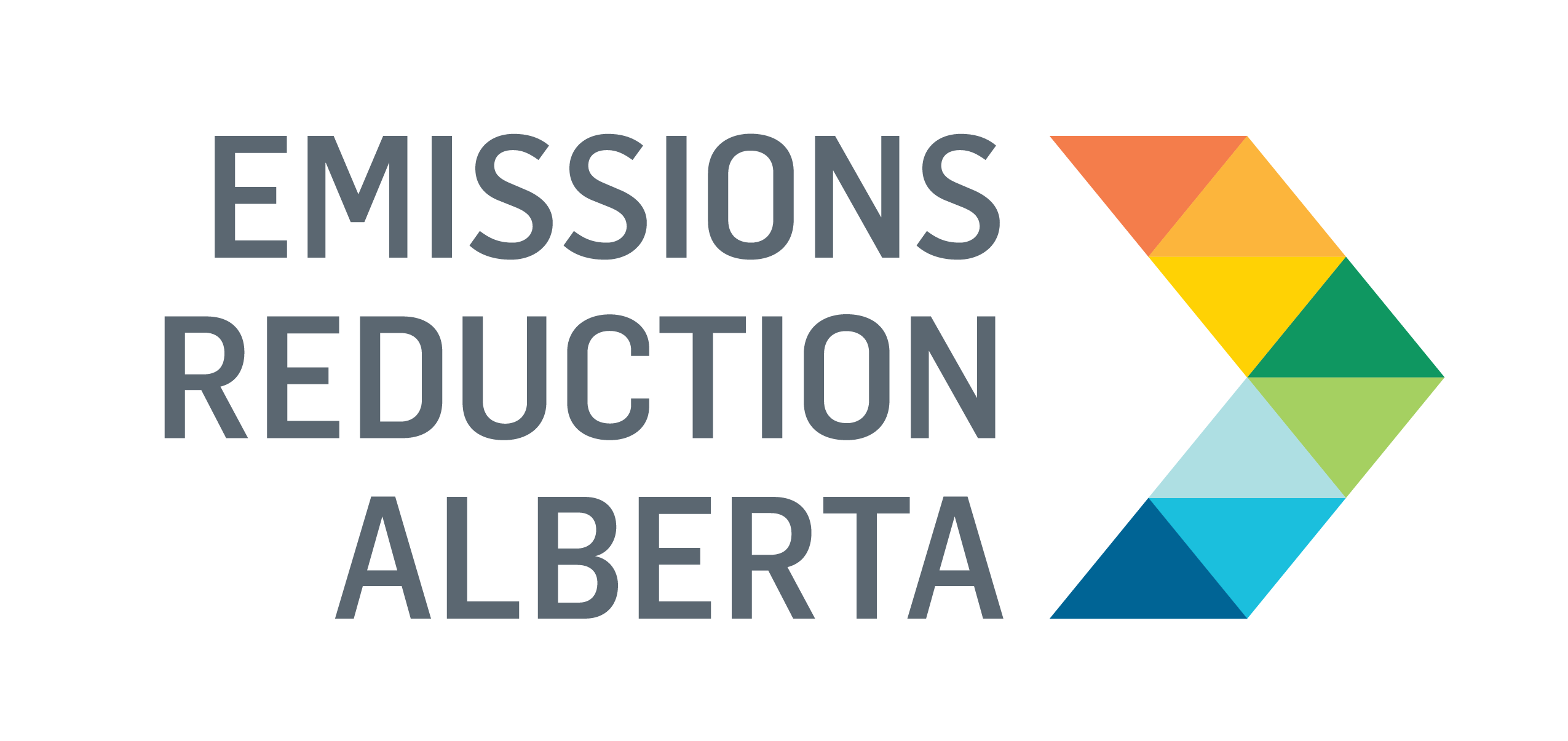Heating your home or business with hydrogen is on the horizon. In a first-of-its-kind project for Alberta, ATCO Gas is conducting a pilot project in Fort Saskatchewan to test a cost-effective way to keep customers comfortable in the winter months with a lower-carbon energy supply.
Their $7.9 million pilot plant is based on a simple premise: blend hydrogen into natural gas. Like natural gas, hydrogen can be locally produced, stored, and easily transported. Unlike natural gas, hydrogen has no carbon emissions when it is burned, only heat and water vapour.
“Alberta is quickly progressing to be a world leader in hydrogen adoption, all heading towards a time when hydrogen is our primary home heating fuel,” said Patrick Bain, Manager, Hydrogen Projects at ATCO. “This project is just the beginning of ATCO’s energy transformation.”
This project is an important enabler for Canada’s future hydrogen economy and strategically supports the rollout of hydrogen blending in the gas distribution system. It also has significant potential to advance the regulatory and commercial environment for the technology and enables Alberta’s natural gas utilities to comply with the Federal Clean Fuel Standard.
Not only will the project create a roadmap for substantially reducing emissions, but it will also bring many benefits to the Alberta economy and ATCO customers. When deployed at a larger scale, hydrogen blending will substantially reduce carbon emissions in the province.

Currently, in the design and procurement stages, the Fort Saskatchewan Hydrogen Blending project will include 2,100 customer sites—mostly residential homes and some businesses. ATCO is visiting each customer to explain the project, inspect gas lines and appliances, and emphasize that the transition to the hydrogen-blended fuel is safe.
For the pilot project, ATCO will blend five per cent hydrogen with natural gas to show that the process is safe. Costs to consumers will not change. Emissions Reduction Alberta (ERA) committed $2.8 million to the project through its Natural Gas Challenge.
By starting at five per cent, ATCO can manage the hydrogen transition on a small scale while working through regulatory, technical, and public engagement requirements. Once successful, the next step is to increase the proportion of blended hydrogen and then look at implementing hydrogen blending for larger applications that will dramatically reduce carbon emissions.
While the current price of hydrogen is notably higher than natural gas, analysts believe that will change with planned increases in Canada’s carbon pricing. The two fuels are expected to reach price parity by about 2030.
Alberta’s abundance of natural gas and carbon sequestration expertise provides a unique advantage to produce low-carbon hydrogen at a competitive cost. The province’s energy sector currently has the infrastructure in place to support a large-scale move to hydrogen: skilled labour, a robust pipeline network, cost-effective storage capacity, and carbon capture technologies.
“ERA’s commitment to the project allows ATCO to demonstrate the viability of hydrogen as a heating fuel in Alberta’s climate,” says Lance Radke, Vice President of Customer Experience and Initiatives at ATCO.
Hydrogen blending isn’t new to ATCO. The company’s Clean Energy Innovation Hub in Western Australia has generated hydrogen energy using solar power and delivered it through existing gas networks. Later this year, ATCO Australia is planning to see up to five per cent renewable hydrogen being blended into the gas networks of approximately 2,500 homes and businesses.
ATCO’s Fort Saskatchewan Hydrogen Blending Project aligns with the Government of Alberta’s Natural Gas Strategy and Hydrogen Roadmap. It is the first step toward a large-scale transformation for the delivery of low-carbon energy in Alberta.
